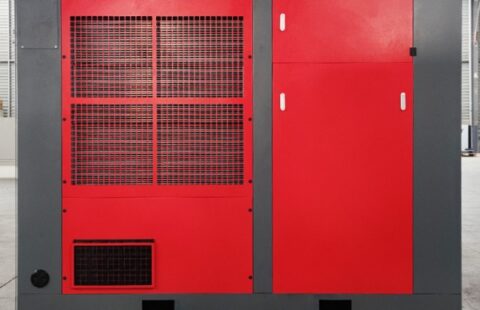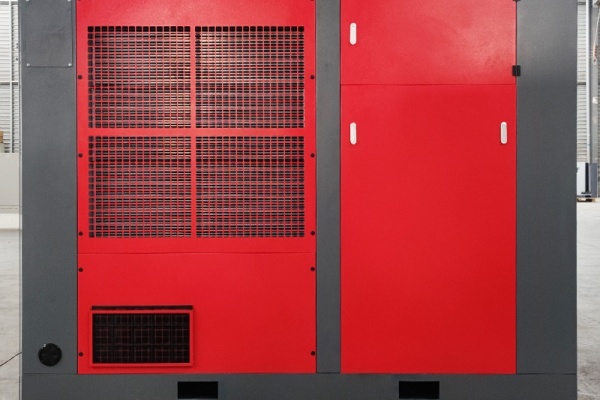
Understanding Air Compressor Failures in High-Temperature Environments: Top 10 Causes and Solutions
Air compressors are essential in many industries, but they are prone to failure, especially in high-temperature environments. Identifying the primary causes and implementing effective solutions can help maintain optimal performance and prolong the lifespan of the equipment. Here are the top 10 reasons why air compressors fail in high-temperature conditions and how to address them.
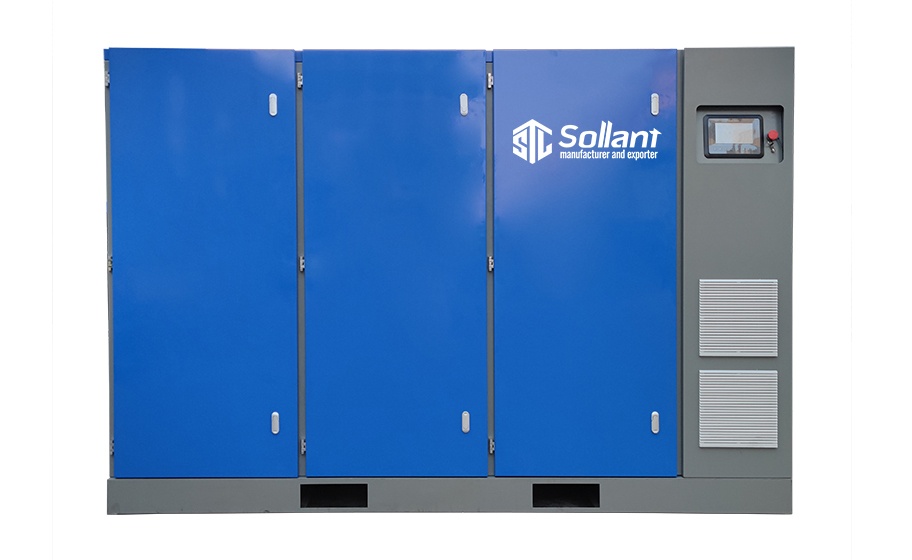
1. Degradation of Lubricating Oil Performance
High temperatures can significantly reduce the viscosity of lubricating oil, diminishing its effectiveness. This leads to increased friction during operation and accelerates wear and tear on components.
Solution: Use high-temperature resistant lubricants specifically designed to maintain their properties in extreme heat.
2. Material Expansion
The materials within the air compressor expand at different rates due to high temperatures, potentially altering the gap between components. This can affect assembly quality and movement accuracy, leading to equipment malfunction.
Solution: Regularly inspect and calibrate components to ensure proper fit and function despite temperature fluctuations.
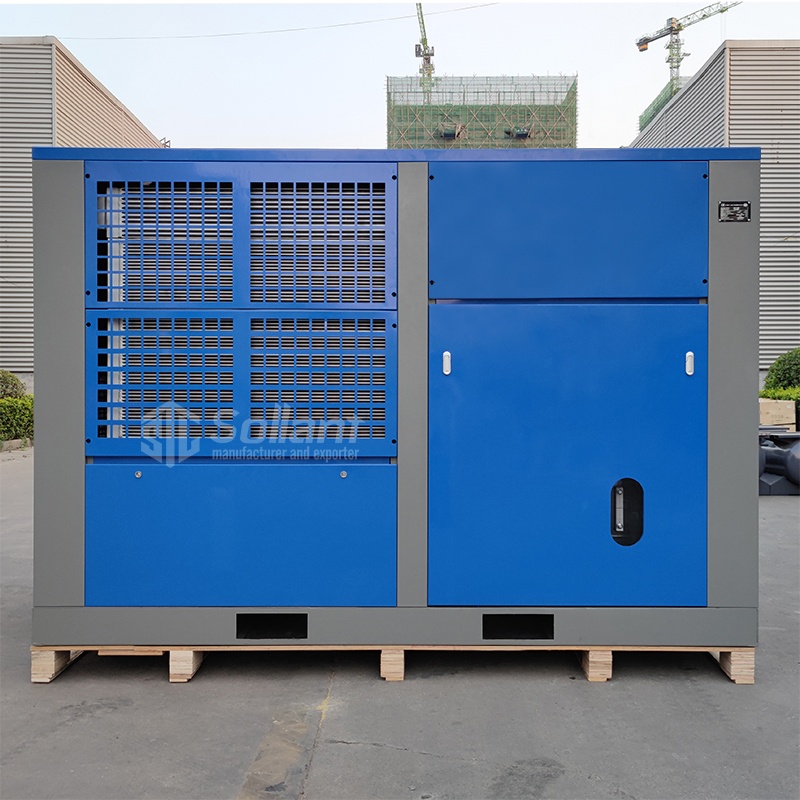
3. Aging of Rubber Seals
High temperatures accelerate the aging of rubber seals, causing them to become hard and brittle. This results in loss of sealing performance and increases the risk of leaks.
Solution: Opt for high-temperature resistant sealing materials and schedule regular replacements to maintain integrity.
4. Increased Thermal Stress
Elevated temperatures can increase thermal stress on equipment, leading to fatigue damage and a shorter service life.
Solution: Enhance the cooling system to reduce internal temperatures and relieve thermal stress on critical components.
5. Reduced Cooling System Efficiency
In high-temperature environments, the cooling system may struggle to dissipate heat effectively, leading to equipment overheating.
Solution: Optimize the cooling system, such as by upgrading cooling fans or implementing advanced cooling technologies.
6. Decrease in Air Density
As temperatures rise, air density decreases, reducing the amount of air entering the compressor. This can lower its operational efficiency and performance.
Solution: Adjust the intake system to compensate for lower air density and maintain consistent performance.
7. Failure of Electronic Components
High temperatures can severely impact electronic components and control systems, leading to malfunctions.
Solution: Use high-temperature resistant electronic components and provide adequate cooling to sensitive areas.
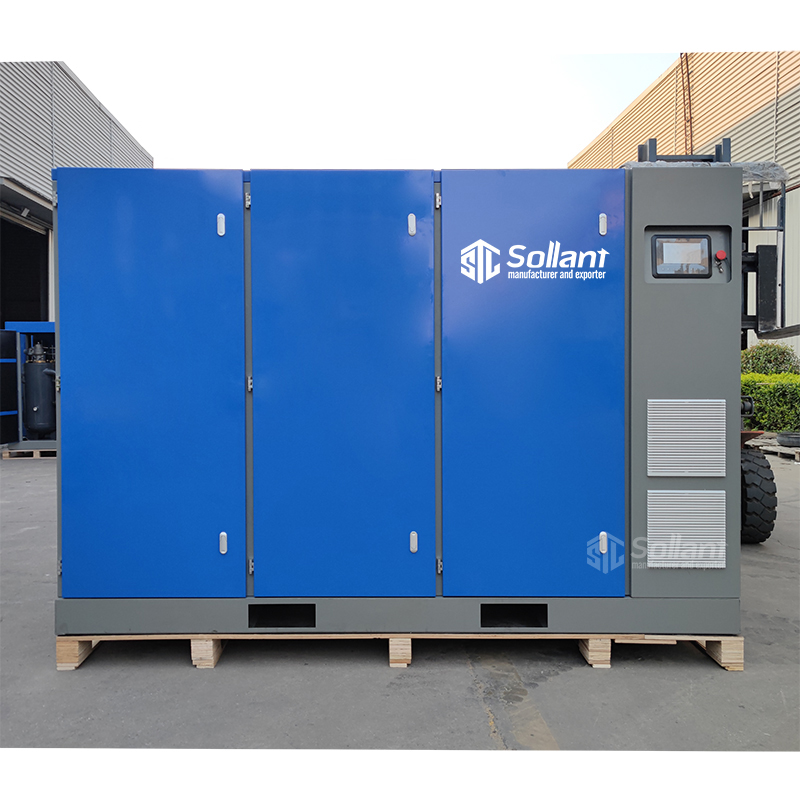
8. Sensitive Overload Protection Mechanism
In hot environments, overload protection mechanisms may become overly sensitive, causing frequent shutdowns and affecting productivity.
Solution: Adjust the protection thresholds to better suit high-temperature conditions without compromising safety.
9. Reduced Operator Comfort
High temperatures not only affect equipment but also reduce operator comfort and efficiency, indirectly impacting the maintenance and operation of the compressor.
Solution: Improve ventilation and air conditioning in workspaces to maintain operator comfort and focus.
10. Increased Fire Risk
Extreme heat significantly raises the fire risk for air compressors and their surroundings, posing a serious threat to safety.
Solution: Develop and implement a comprehensive fire safety plan, including the use of fire-resistant materials and regular fire drills.
Final Thoughts
Dealing with air compressor failures in high-temperature environments requires proactive measures and regular maintenance. By understanding the primary causes of failure and implementing the recommended solutions, you can ensure your air compressors continue to operate efficiently and safely, even under extreme conditions.


